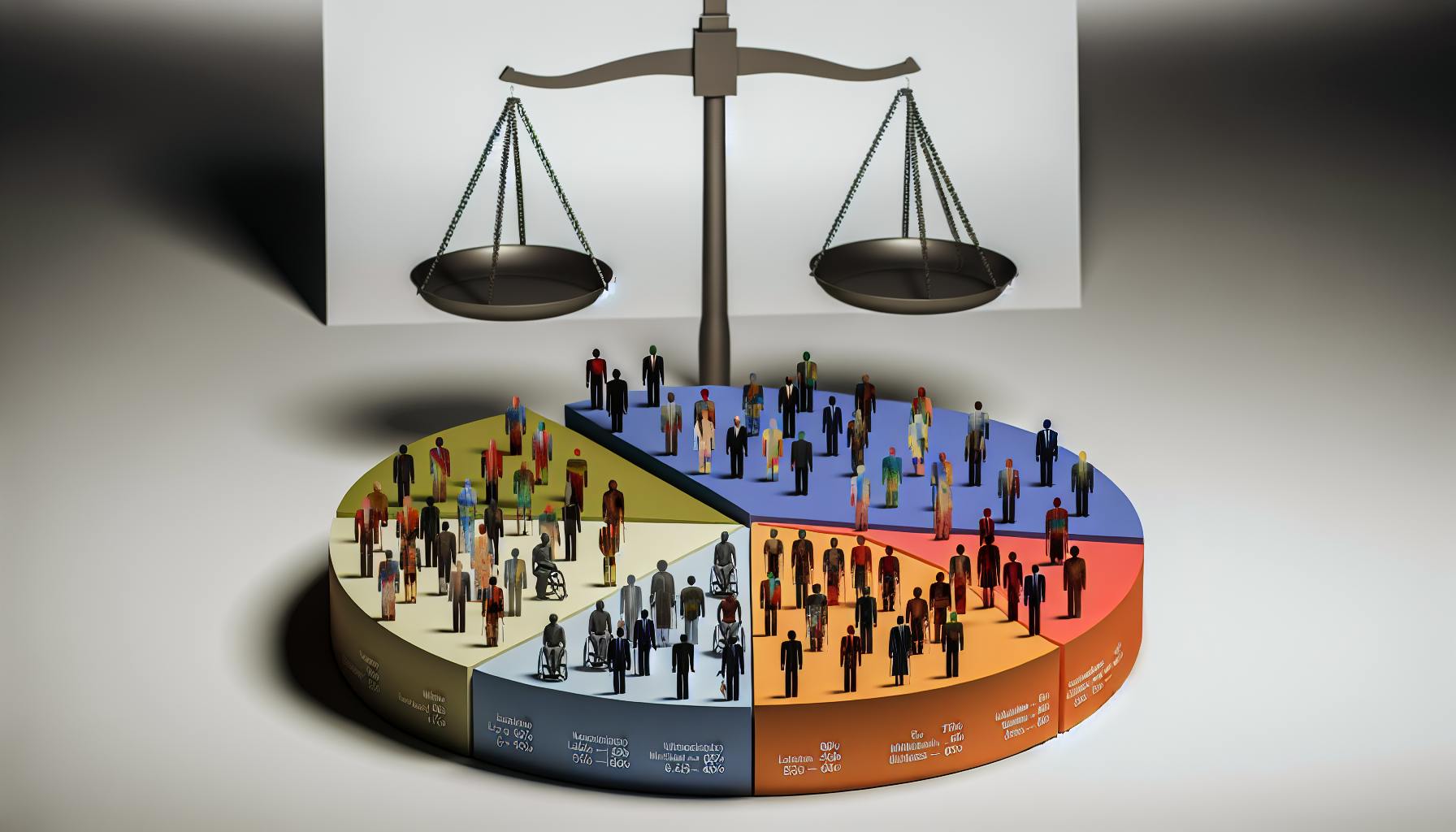The Workplace Revolution No One Can Ignore
Picture this: It’s Monday morning, and instead of sitting in traffic for an hour, you’re sipping coffee in your home office, diving into deep work without the usual office distractions. Meanwhile, a colleague across town is at the office, collaborating in person with a team. Another teammate, halfway across the country, is wrapping up a project from a co-working space.
This isn’t some futuristic vision—it’s the reality of work today. And yet, many leaders are still stuck debating return-to-office policies like it’s 2019. The question is no longer if work has changed but how companies can evolve to keep up.
That’s exactly what I explored with Brian Elliott, CEO of Work Forward and a leading expert on the future of work, in the latest episode of State of Work Today podcast. With decades of leadership experience at Google, Slack, and Salesforce, Brian has spent years researching the way we work—and what’s driving productivity and engagement.
So what’s the key to thriving in this new era? It’s not about where you work, but how you work.
The Myth of "Bums in Seats" Productivity
Many leaders still believe that productivity is tied to physical presence. If employees are in the office, they must be working harder, right? Not exactly. Brian calls this “bums in seats” management—a mindset that confuses activity with actual results.
Instead of measuring success by office attendance, companies need to focus on outcomes. Are employees delivering results? Are teams aligned on goals? These are the questions that matter far more than whether someone is working from a cubicle or their kitchen table.
The data backs this up. Studies consistently show that flexible work improves performance, engagement, and retention. Employees value autonomy, and when they have control over how they work, they tend to be more invested in their jobs.
Of course, flexibility doesn’t mean chaos. The best companies are the ones that establish clear guidelines while still allowing for individual needs.
Takeaway #1: Set Team-Based Norms, Not Top-Down Mandates
Instead of rigid office policies, the most successful organizations create team-level agreements. For example:
· Define “moments that matter” when in-person collaboration is essential (such as team kickoffs or strategy sessions).
· Set core collaboration hours so employees know when they’re expected to be available.
· Encourage asynchronous communication where possible to give employees uninterrupted time for deep work.
By giving teams the flexibility to decide what works best for them, companies can create structure without unnecessary restrictions.
AI: The Workplace Shift No One Can Afford to Ignore
While companies are still adjusting to hybrid work, another massive shift is happening—AI is reshaping how we work. And like flexible work, it’s creating both excitement and anxiety.
Some leaders see AI as a tool to boost efficiency and innovation. Others worry about job displacement. Employees, on the other hand, often fear that AI is just another way for companies to cut jobs.
So what’s the truth? According to Brian, AI isn’t about replacing workers—it’s about augmenting them. The real opportunity lies in using AI to eliminate repetitive tasks, freeing employees to focus on higher-value work.
For example, AI can:
· Summarize meetings and emails so teams can focus on decision-making rather than note-taking.
· Automate routine customer service inquiries, allowing human agents to handle more complex issues.
· Assist with data analysis, helping employees make faster and more informed decisions.
However, AI adoption won’t be successful unless leaders build trust. Employees need to see AI as a tool that enhances their work, not one that threatens their job security.
Takeaway #2: Position AI as a Productivity Booster, Not a Job Killer
To get employees on board with AI, companies should:
· Clearly communicate why AI is being implemented and how it will support—not replace—employees.
· Provide hands-on training so workers can see the benefits for themselves.
· Encourage experimentation and feedback, allowing employees to shape how AI is used in their roles.
Companies that take this approach will see higher adoption rates and more engaged teams.
Rethinking Leadership: Why Trust and Transparency Matter More Than Ever
One of the biggest takeaways from my conversation with Brian was that *how* leaders manage is just as important as *where* people work. Unfortunately, many companies promote managers based on tenure rather than leadership ability—without providing the necessary training.
The result? Leaders who micromanage because they don’t know how to measure performance beyond “who’s in the office the most.”
Instead, Brian argues that great leadership in the modern workplace comes down to three things: trust, clear expectations, and open communication.
If employees feel trusted to manage their time and workload, they’re more likely to take ownership of their work. And when leaders clearly define priorities, teams stay aligned—even in a hybrid or remote setting.
Takeaway #3: Train Managers to Lead Distributed Teams Effectively
To build high-performing teams, companies should:
· Train managers in outcome-based leadership, focusing on results rather than physical presence.
· Encourage open conversations about work preferences, helping teams establish effective ways of collaborating.
· Implement regular check-ins to provide support and feedback, rather than relying on outdated performance measures.
By shifting from a control-based leadership style to a trust-based approach, companies can create environments where employees thrive—whether they’re in the office or working remotely.
The Future of Work: It’s Already Here
The workplace is changing whether companies are ready or not. Hybrid work isn’t a passing trend, AI isn’t going away, and employees will continue to demand flexibility. The companies that succeed will be the ones that embrace change and adapt.
The good news? Leaders don’t have to navigate these changes alone. By focusing on trust, transparency, and adaptability, they can create workplaces where both employees and businesses thrive.
So, the question isn’t if your company should evolve—it’s how you’ll do it.
And that starts now.
Listen more today: #28 - The Future of Work: Flexibility, AI, and Leading with Trust - with Brian Elliott

